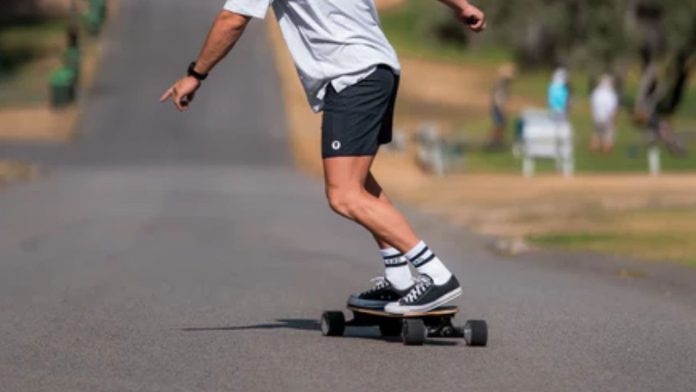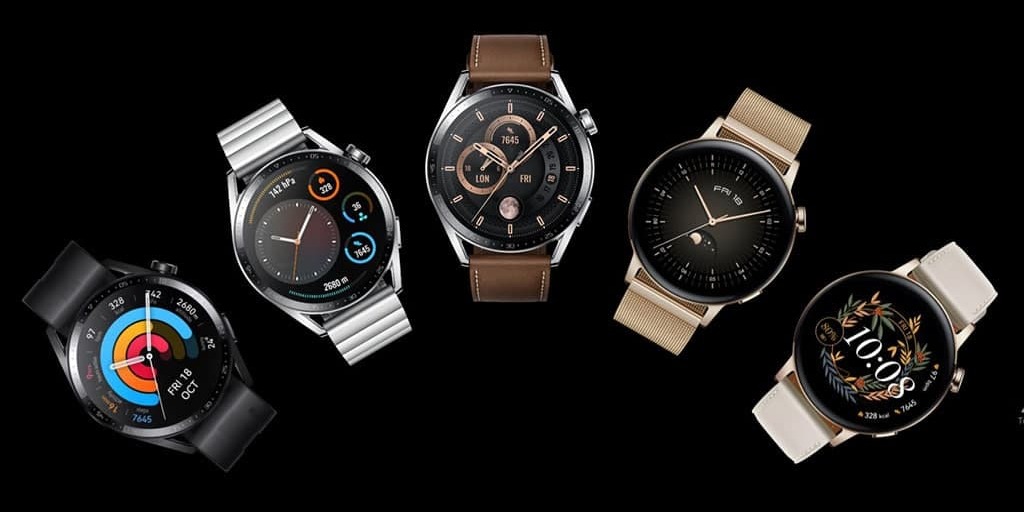The electric skateboard is at the vanguard of a spectacular shift in personal transportation that has occurred in recent years. Electric skateboards have become a well-liked, efficient, and environmentally responsible mode of transportation by fusing cutting-edge technology with the timeless pleasure of skateboarding.
In-depth information about electric skateboards is provided in this introduction, which covers topics such as their history, technology, effects on the environment, and the thrilling opportunities they present to users of all ages. The skateboard electric originated in the 1950s in California’s surf culture, traditional skating progressed from basic wooden planks on roller skate wheels to the incredibly agile boards we love today.
Construction of Electric Skateboard
1. Planing Skateboard
Planning is essential to ensuring a seamless skateboard construction process. The following contains all the information needed to plan a skateboard:
Set a Budget
Establishing a budget and outlining your needs before starting the skateboard-making process are essential steps that will influence the entire endeavor. Make sure your budget is in line with your available funds first. Take into account the price of necessary parts, including the deck, trucks, wheels, grip tape, bearings, and hardware. Making educated judgments and avoiding expenditures are two benefits of budgeting.
Define Your Requirement
Based on your planned application and personal preferences, specify your needs. Think about stuff like the kind of riding you want to perform, such as street stunts, downhill racing, or cruising combined. Various riding techniques call for particular attributes. Regarding your comfort and riding style, the size and shape of the deck also matter a lot.
2. Selection of the Right Components
Deck Selection
The deck serves as the basis for your electric skateboard. Decks vary widely in size, shape, and composition, providing unique riding experiences. Skateboard decks are frequently made of carbon fiber, bamboo, and maple. Bamboo is perfect for a smoother ride since it is flexible and has durability similar to that of maple decks.
Truck and Wheel Selection
Your skateboard gains stability and control from the trucks. Usually composed of an aluminum alloy, they are available in various widths to accommodate the width of your deck. Proper maneuverability and reactivity are ensured by selecting the appropriate trucks. The size and hardness of wheels vary.
Smaller wheels are better for acceleration and maneuverability, whereas larger wheels offer a smoother ride over uneven terrain. When choosing wheels for your electric skateboard, take into account the surface you plan to ride on.
Motor and Drivetrain Selection
The motor, which supplies the necessary power for propulsion, is the brains behind your electric skateboard. Belt-driven motors and hub motors are the two types of motors. With hub motors built into the wheels, you may ride quieter and have a more streamlined appearance. When selecting the appropriate skateboard motor, take into account variables such as motor speed (Kv rating) and motor power (watts).
Battery and ESC Selection
One important factor that affects your electric skateboard’s speed and range is the battery. Because of their extended lifespan and high energy density, lithium-ion batteries are widely used. The ESC converts your commands into motor movements and regulates the skateboard’s speed and braking.
Remote Control
To operate your electric skateboard well, you’ll need a dependable remote control. The majority of remote controls provide functions including battery indicator, brake sensitivity adjustment, and speed control. When selecting a remote control for your electric skateboard, take ergonomics, range, and user-friendliness into account.
3. Assembling the Skateboard
On the skateboard trucks, attach the motors to the motor mounts. Ascertain their alignment and firmly fasten them using the suitable hardware. Put the ESC and battery inside the enclosures. Make sure all connections are appropriately insulated and fasten them with mounts. Link the motors, battery, and ESC together. To prevent interference with moving parts, carefully route the wiring inside the deck.
4. Safety and Maintenance
Wear knee and elbow pads, gloves, a helmet, and other suitable safety gear at all times. Riding an electric or non-electric skateboard should always put safety first. Make sure you routinely check the parts of your electric skateboard and keep it clean. A smooth and secure ride can be ensured by tightening fasteners and inspecting the wheels and bearings for wear.
Final Words
You can personalize your electric skateboard to fit your tastes and budget by building your own. You can design an electric skateboard that meets your expectations in terms of performance by paying close attention to the details when combining the carefully chosen parts. Enjoy the pleasure of riding your customized electric skateboard on your terms, but always remember to put safety first and abide by the manufacturer’s instructions.











